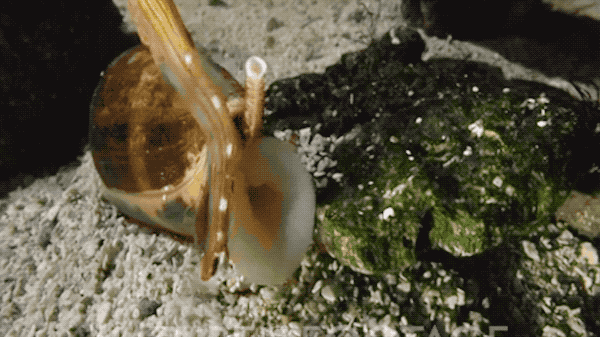
“Cone snails have mastered chemistry,” says Torres to the Atlantic.

Whatever future research reveals, the snails have at least one thing in common. The size difference between snails from the two locations was quite noticeable, with the shallow-water snails appearing quite larger. For instance, the shallow-water snails’ venom apparently lacked conazolium A, the chemical that made the female worms start spinning. The snails are generally timid, but if handled aggressively, they can attack humans with disastrous results.Īnalysis of the chemicals in the deep-water and shallow-water cone snails also revealed that the two creatures may be two different species, but this assertion requires more research to confirm. The study included 22 imperial cone snails from deep and shallow waters around the Pacific, gathered carefully with tongs, Torres tells the Atlantic. “The next step needs to be figuring out how this actually works in nature.”
#Cone snail venom full#
“Cone snails are full of surprises, and this paper raises an exciting possibility,” says University of Michigan evolutionary biologist Thomas Duda, who wasn’t involved in the study, to Science News. Observations of wild imperial cone snails and marine worms will be necessary to see if the mollusks put this strategy to use. The worms responded as they would have to real pheromones-swimming in circles or releasing gobs of sperm. The researchers began testing this hypothesis by exposing the marine worms to the pheromone-like chemicals while in glass dishes in the lab. If confirmed with research in the wild, it would mean that the cone snails are “weaponizing the worms’ own pheromone as a sort of lure,” says Torres to Science News. That might give them the opportunity to waft to wherever the worms are hiding, in tubes and crevices in the sediment, and draw them out into the open where a cone snail can catch them, Celia Henry Arnaud reports for Chemical & Engineering News. The chemicals in the venom aren’t exactly identical to the pheromones, but they’re actually more stable. The research team, led by University of Copenhagen medicinal chemist Joshua Torres, were searching for more medical candidates when they noticed the similarities between the imperial cone snail’s venom and the worms’ pheromones, Jonathan Lambert reports for Science News. That search has already led to one such drug, a non-narcotic pain-reliever called Prialt. The diversity of clever chemicals at cone snails’ disposal has led many researchers to scour their tools for potential pain medications. In 2015, scientists discovered that one species of cone snail sends out a cloud of insulin to paralyze groups of fish all at once.

The tooth often delivers a paralyzing venom that first freezes the fish and then induces paralysis. Most cone snail research thus far has focused on the many species that hunt fish by stabbing them with the harpoon-like hooked tooth at the end of a long proboscis. “They’re so in tune with the biology of their prey.” “It’s incredible what these animals can do,” says University of Canterbury biologist Fiona Cross, who wasn’t involved in the study but whose research focuses on spiders that hunt by a similar strategy, to the Atlantic’s Katherine J. The researchers measured the chemicals’ effect on worms in the lab, but they suspect that cone snails use the fake pheromones to lure worms into the open and then eat them. Another chemical in the venom, genuanine, mimics a molecule called urate, which makes male worms emerge and release sperm. One, called conazolium A, has a similar shape to ovathiol A, a pheromone that entices female worms to emerge from their hiding spots and swim in circles, which is a step toward mating. The study, published on March 12 in the journal Science Advances, identifies two chemicals in the imperial cone snail’s venom that make marine worms go wild.

New research shows that they have another trick up their proboscis: chemicals that mimic a marine worm’s mating pheromone. There are over 700 species of cone snails, and they all pack an overwhelming array of venoms to immobilize their prey, from paralyzing neurotoxins to insulin-imitating molecules.


 0 kommentar(er)
0 kommentar(er)
